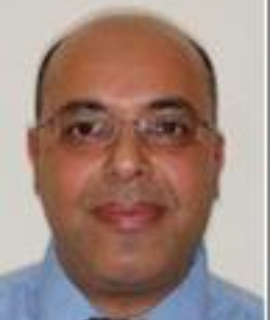Title: The dilemma of the retained lower second deciduous molars in the management of congenitally missing lower second premolars
Abstract:
The purpose of this study was to discuss the challenges which the clinician is faced with in the management of retained lower second primary molars in patients with congenitally missing lower second premolars and the current approaches adopted in the management of this condition. The lower second premolars and the upper lateral incisors have been reported as the most commonly congenitally missing teeth in humans. When the lower second premolars are congenitally missing it is important to make an early decission of what needs to be done regarding the retained lower second primary molars so that an optimal long-term treatment outcome is acheived. This poses various clinical challenges to the multidsiciplinary team including, infraocclusion of the lower second primary molars which tends to get worse with growth, the large mesio-distal crown dimension compared with that of the lower second premolar, the common occurence of progressive root resorption of the lower second primary molars, the occurence of ankylosis of the lower second primary molars, crown and root morphology of the lower second primary molars which renders the restorative reshaping of this tooth very difficult without causing detrimental effects to the dentition and occlusion. Good knowledge and clinical skills are required by the multidisciplinary team to overcome these challenges and choose an optimal treament option to each case which may involve: maintaining the lower second premary molars +/- restorative reshaping of the clinical crown, extraction of the lower second primary molars and maintaining the space for furture restorative reoplacement, extraction of the lower second primary molars and active space closure, early extraction of the lower second primary molars to allow spontaneous and complete space closure, early restorative reshaping of the lower second primary molars to allow partial space closure to optimise the future space for optimal resorative replacement, and extraction of the lower second primary molars and autotransplantation of a premolar tooth from another quadrant to the site of the congenitally missing second premolar.




